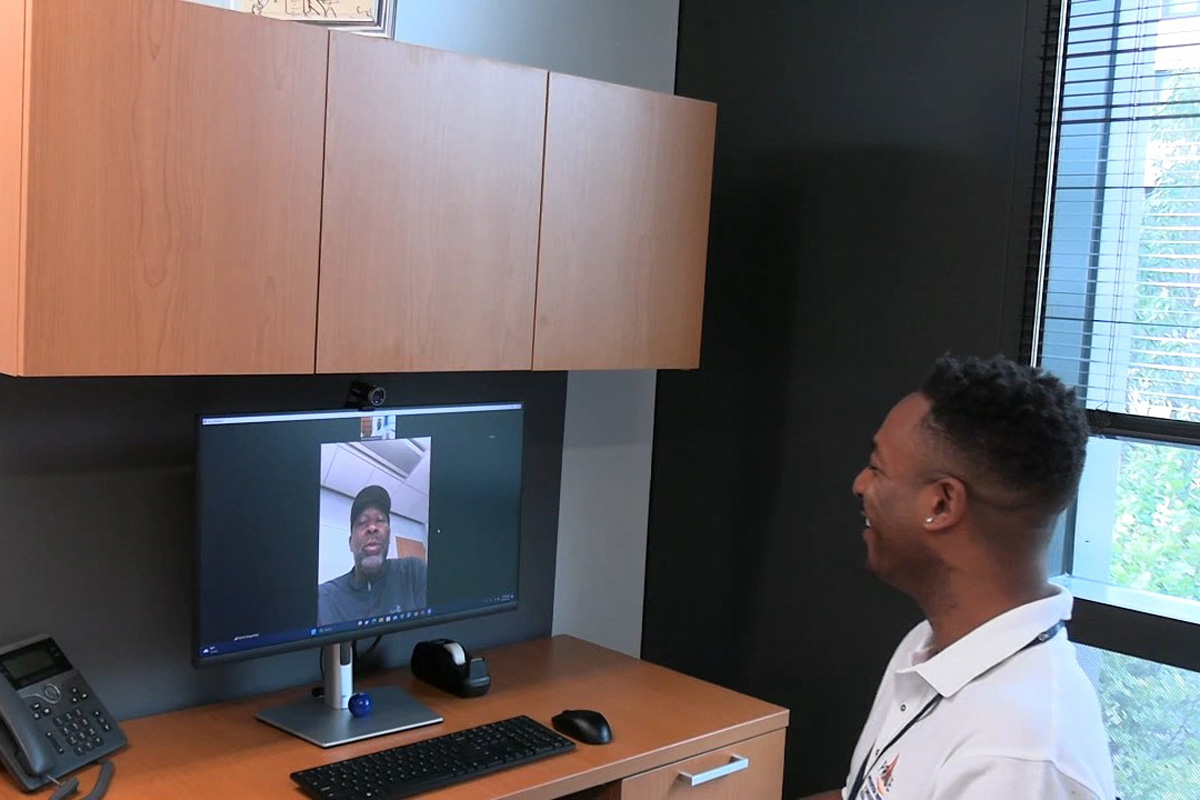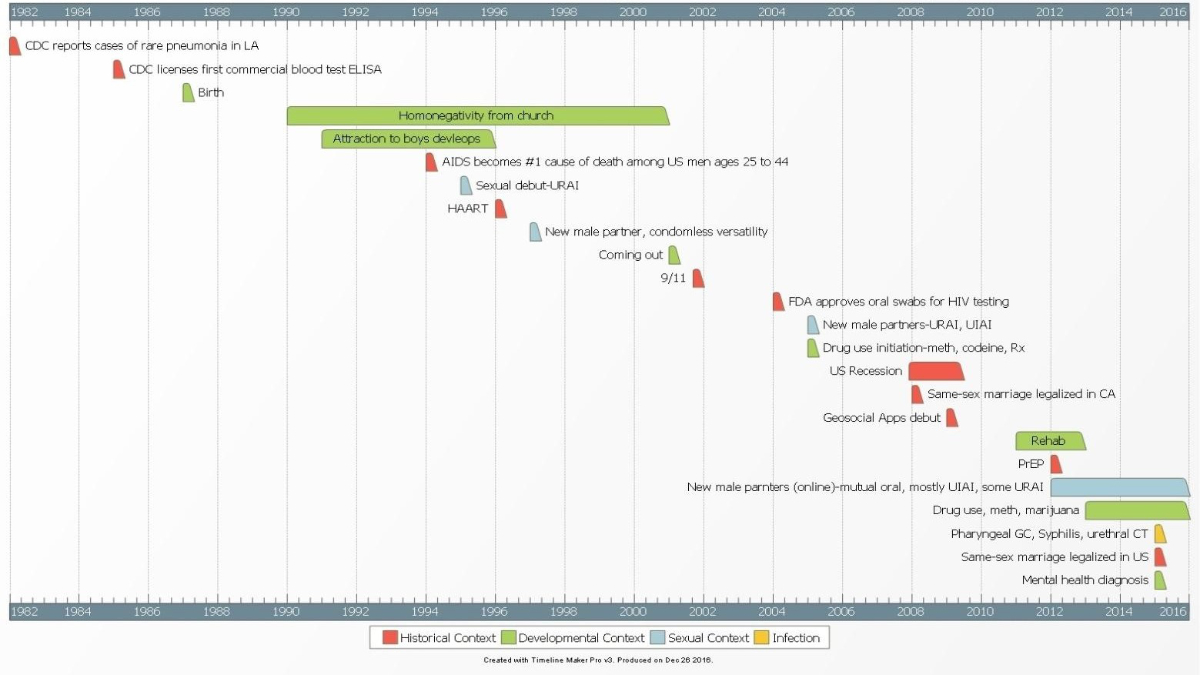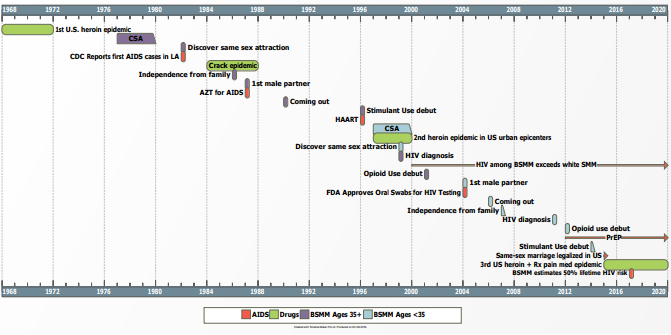Innovations
We develop new insights and apply novel and different solutions to make improvements
Peer change agent (PCA) increases perceived HIV risk and PrEP willingness among Black sexual minority men
PCAs are culturally congruent, trained healthcare professionals who can disseminate health information into the community and support healthcare engagement. Dr. Dangerfield led an intervention called POSSIBLE and conducted a two year autoethnography as a PCA to help improve perceived HIV risk among Black sexual minority men in Baltimore, MD. Preliminary data from POSSIBLE suggested that a scripted PCA can improve perceived HIV risk and willingness to accept PrEP referrals among Black sexual minority men after a brief session. This could be due to a combination of the intentional implementation of the PCA and theoretically-guided script that was used with every participant. Black SMM may have been cued to action quickly at baseline because the PCA was a familiar in-group member yet also a “future self” who could express authentic empathy, disarm latent mistrust of the research experience, and systematically guide conversations toward an a priori goal (i.e., PrEP use). This research is currently being peer-reviewed for publication and scaled for greater community impact in a new study.
Timelines of life events and developmental pathway to sexual risk-taking among Black sexual minority men (Dangerfield et al. 2017)

A timeline of life events can visualize the relationship between medical advances in HIV treatment and prevention, major life events, changes in partners, sexual behavior, and HIV/STI outcomes in time. The timeline provides a valuable resource in analysis that not only helps identify patterns in the life history data, but also highlight how a dynamic relationship between historical context, personal development, and individual sexual encounters might combine to facilitate sexual risk and HIV/STI outcomes among BMSM.
Timeline of developmental pathways to drug use and HIV vulnerability among two age cohorts of Black sexual minority men (Dangerfield II et al., 2020)

This timeline shows how Black SMM over age 35 had longer exposure to drug use epidemics and sexual risk behaviors prior to their average age of HIV infection than younger Black SMM who on average experienced earlier HIV infections and subsequent drug use. Same-sex marriage is now legalized, drug use is increasingly considered a mental health disorder, and HIV infection is not a death sentence in the U.S. Comparatively, older BSMM experienced greater exposure to sexuality stigma, the criminalization of drug use, and AIDS-related deaths. Dangerfield et al. (2020) showed different patterns, profiles, and motivations for drug use by age among Black SMM.
